American journalists from Military Watch Magazine, after recent actions in the sky by MiG-31 interceptor fighters of the Northern Fleet of Russia, dedicated an article to these aircraft. The MiG-31s, which serve in the Barents Sea and are located near the expanding borders of NATO, are of great concern to the North Atlantic Alliance.
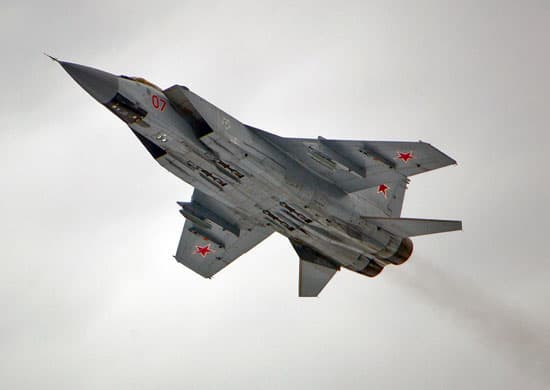
It is noted that the MiG-31 has retained an "overwhelming advantage in flight performance characteristics" compared to the American F-16 fighters, which are now in Norway. The F-35 fighters, which are to arrive there, have "much more advanced sensors, avionics and weapons," but there are "problems." So far, the MiG-31 has no competitors in combat and in guarding the borders.
Its R-37M air-to-air missiles have a range of 400 kilometers, an unsurpassed speed of six Mach numbers, and very large 60-kilogram warheads, making them especially dangerous for targets at all altitudes. The enormous power of the sensors made the MiG-31 the world's first combat aircraft capable of intercepting low-flying cruise missiles at long ranges.
However, it is noted that a new generation of these interceptors has not yet been presented by Russia. The MiG-41 aircraft project within the framework of the PAK DP (prospective long-range aviation complexes) program has been discussed for several years, and the state of its development is currently unknown.
There is no information in the public domain about other new generation developments from other companies that could replace the MiG-31 for Russia. And, according to the publication, Russia's abandonment of this project is not excluded.
Thus, the likelihood has increased that the MiG-31 may be decommissioned without being replaced by an equivalent class of interceptors. Due to the fact that Russia is increasingly relying on long-range ground-based air defense systems, such as the S-500 system, which is now in mass production, it is increasingly suggested that Su-57 fighters - possibly as a modified two-seat extended-range variant - may eventually replace the Foxhounds [according to NATO classification, the MiG-31 is classified as "Foxhound", - author's note].
As for the fifth-generation Su-57 multirole fighters, which may replace the MiG-31 family, the editors of another American publication, The Military Watch, recently analyzed their properties. And came to the conclusion: the F-35 fighters are significantly inferior to the Russian Su-57.
Now on home
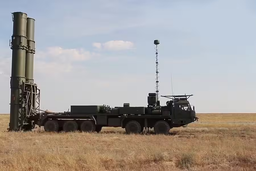
Almaz-Antey and the Belarusian Ministry of Defense signed a contract for equipment maintenance
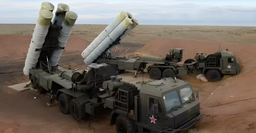
The complex's computing resources allow for the competent distribution of targets between launchers

Among the spacecraft are Aist-2T No. 1 and No. 2

Deputy Prime Minister Novak announced a postponement of the deadlines, but confirmed the commitment to developing the sector
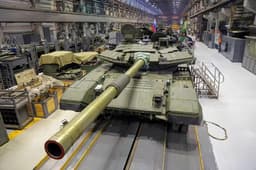
Design engineers without experience are promised salaries from 80 thousand rubles
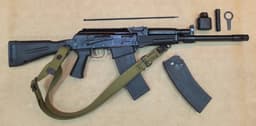
Hard and dense shot ensures the destruction of the target from the first hit, regardless of the drone's body material

Almost all body elements are zinc-treated

SOGAZ lost the case in court against UEC-UMPO

A rare SUV with a mileage of 38,533 km is offered for 2 million rubles
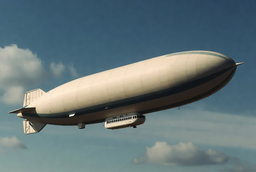
The government has included passenger and cargo airships among the key transport technologies of the future
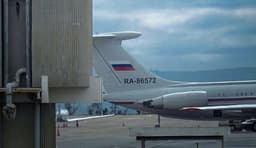
Moscow sent 43 containers of weapons, including ATGMs and sniper rifles

There is a need to increase air traffic within Russia and abroad